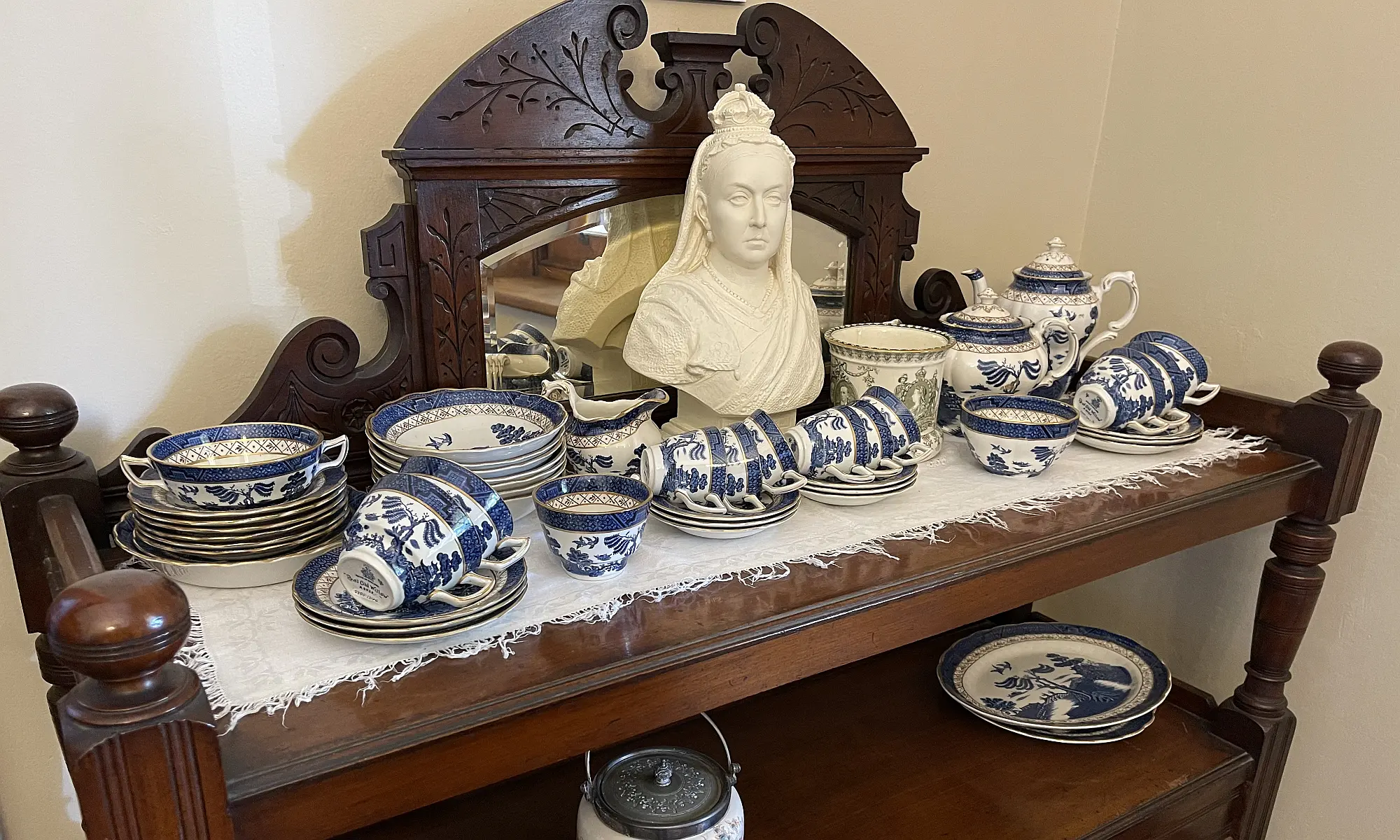reviewed by Laurice Bondfield The author collects together in this small book as much information as possible about the tribes who lived in the Sydney region before 1788. He covers such topics as social organisation, languages, food gathering, marriage and family life, medical treatments, religion, initiation and artistic expression. Although the Aboriginal people who lived …
New Logo and Magazine Archive
New SGHS Logo During our November meeting, members unanimously approved a new logo designed by Tina Workman. The striking image at the centre of the logo is of the legend of Saint George and the Dragon. It represents our connection to the St George District. Magazine Archive Our society has published a regular newsletter/bulletin/magazine since …
The Rockdale Historical Society – Tasks For The New Society
Precis of a talk delivered on 12th July, 1961, by Mr. W. Foster (Councillor of the Royal Historical Society of N.S.W. and Headmaster of the James Cook High School, Kogarah) The chief task of any newly formed Historical Society is to add to the information already in existence. The Rockdale Historical Society has an almost …
Continue reading “The Rockdale Historical Society – Tasks For The New Society”
No Ordinary Flag
In 1915, after the Anzacs landed at Gallipoli and as men around the country were joining the Australian Imperial Force, a small group at Bexley Public School took up their needles to support the war effort. By making a donation to the local fund to buy ‘comforts’ for the troops, donors could have their names …
A Suggested Sunday Afternoon Drive
by Ron Rathbone Note: This self-guided history drive was published in 1962. After almost 60 years of change, it’s a fascinating journey into the past. Commencing at the new Cooks River Bridge. On your right you have the lovely 134-year-old country retreat of Alexander Brodie Spark. Continue along Princes Highway to Burrows Street then turn …

